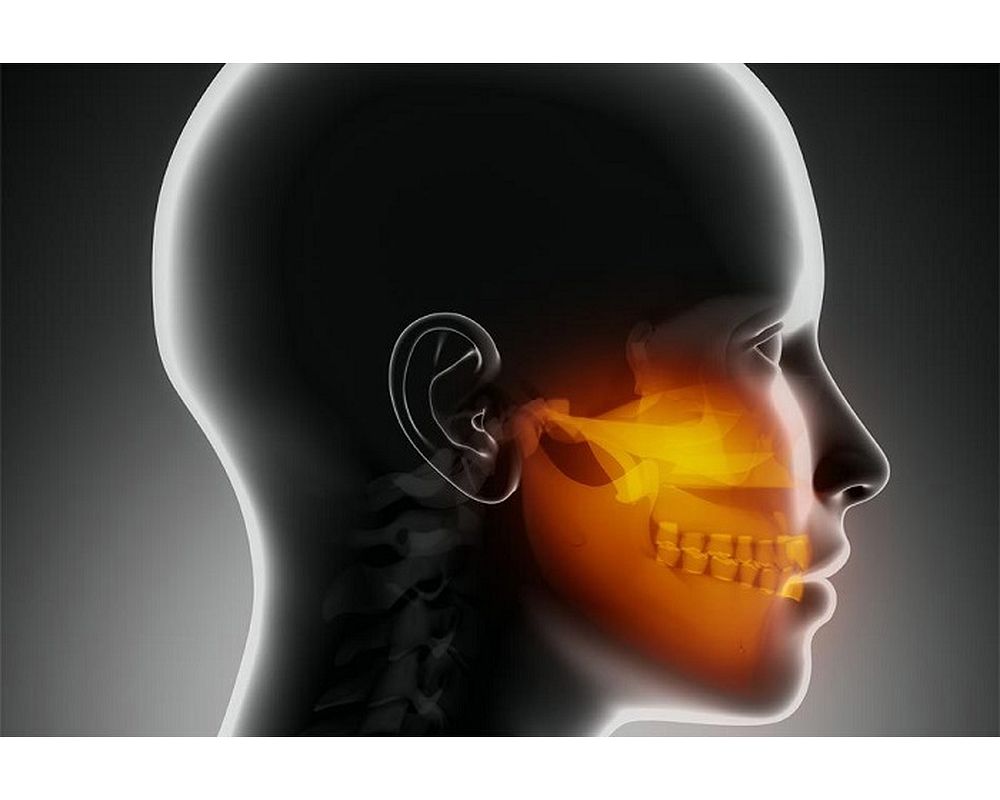Maintenance of the primary dentition in a nonpathologicand healthy condition is importantfor the overall well being of the child. Treatment of the severely destructed teeth poses a challenge for the pediatric dentist as three important considerations have to be kept in mind, patient’s behavioral management, preservation of the tooth structure and parental satisfaction.
We invite you to our English-only dental publishing groups
🎯 WhatsApp Group All Odontology
🎯 Telegram Group All Odontology
🎯 Facebook Group All Odontology
The technological advances in dental materials for use on children that have occurred in the past few decades make constant re-evaluation of our treatment philosophies and techniques a necessitybecause what was an acceptable treatment approach in the past may not necessarily be the best treatment option for our young patients today.
Advertisement
Effort has been made to bring together the various approaches for full coverage restorations in pediatric dental practice. Each technique and material carries its own advantages and disadvantages.
RECOMMENDED VIDEO
What is Trismus and what causes it?
What is Trismus and what causes it?
Many options exist to repair carious teeth in pediatric patientsas is discussed, from stainless steel crowns to its various modifications to other esthetic crowns like strip crowns and zirconium crowns which are rising in their popularity.
° Garg V, Panda A, Shah J, Panchal P. Crowns in pediatric dentistry: A review. J Adv Med Dent Scie Res 2016;4(2):41-46.
Image: By Trikkelle - Own work, CC BY 3.0, https://commons.wikimedia.org/w/index.php?curid=48700155
You may also like :
► What Does Your Tongue Say About Your State Of Health?
► What are the consequences of a tooth extraction?
► ORAL MEDICINE: What are tonsil stones?








